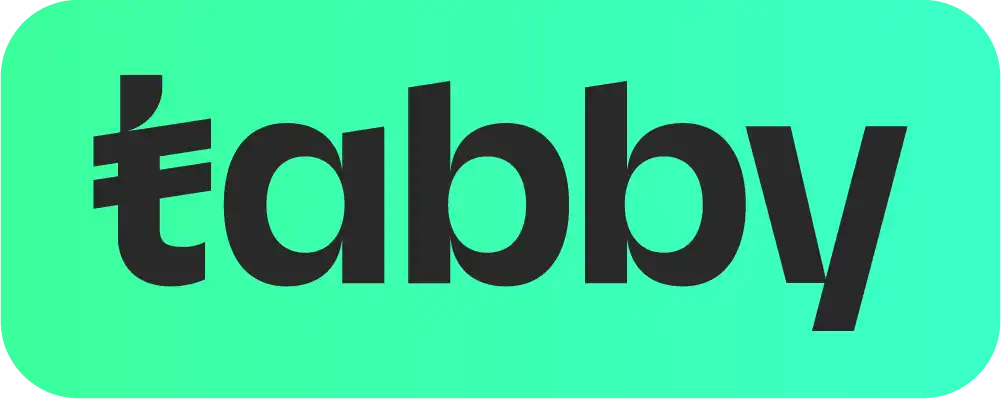The world of web development has come a long way since the early days of static HTML websites. What started as simple, text-based pages has transformed into highly interactive, dynamic, and user-focused web applications. With this evolution, the programming languages driving these changes have also adapted and advanced. Today, developers have an advanced variety of tools at their disposal, each offering unique capabilities tailored to specific tasks.
But with so many options available, the inevitable question arises: Which language will define the future of web development? The answer isn’t simple. Web development isn’t just about building pages anymore; it’s about creating seamless digital experiences powered by artificial intelligence (AI), machine learning, blockchain, and cloud technologies. These innovations demand languages that can adapt to meet new challenges. In this article, we’ll dive deep into the contenders for the future of web development and the trends shaping their dominance.
Criteria for the Future Language
Before naming the programming languages Prepared to guide web development, let’s consider the key factors that define a “future-proof” language:
- Performance and Scalability: A language must be efficient enough to handle high-traffic and large-scale applications.
- Learning Curve and Community Support: The easier it is to learn and use, the more developers it will attract. Strong community support ensures consistent updates and troubleshooting resources.
- Compatibility with Modern Frameworks: Integration with cutting-edge frameworks and tools is crucial to meet the demands of modern web projects.
- Relevance to Emerging Trends: Languages must adapt to trends like AI integration, cloud computing, and cybersecurity.
- Industry Demand and Job Market Trends: The higher the demand for developers skilled in a language, the greater its adoption will be.
These criteria provide a framework to evaluate the leading contenders and their potential to shape the future of web development.
Key Contenders in Web Development Languages
JavaScript: The Foundation of Modern Web Development
JavaScript is often referred to as the “language of the web,” and for good reason. It’s the backbone of most web development projects. With its ability to handle both front-end and back-end tasks, JavaScript has secured itself as a versatile and indispensable tool. Frameworks like React, Vue.js, and Angular have further enhanced their capabilities, enabling developers to create fast, responsive, and engaging user interfaces.
On the server side, Node.js has transformed JavaScript into a full-stack solution, making it possible to use one language across the entire web development process. Moreover, JavaScript’s relevance extends beyond traditional websites, powering progressive web apps (PWAs), real-time applications, and even IoT devices. With continuous innovation and a massive developer community, JavaScript is undeniably a strong contender for the future of web development.
Python: A Gateway to AI-Powered Web Development
Python has become one of the most popular languages globally, and its simplicity and versatility are key reasons for its widespread adoption. While it’s traditionally known for backend development (using frameworks like Django and Flask), Python has emerged as a leader in integrating AI and machine learning into web applications.
Python’s ability to handle complex algorithms and data processing makes it ideal for building data-driven web experiences. For instance, applications with personalized recommendations, chatbots, and predictive analytics often rely on Python’s robust libraries, such as TensorFlow, PyTorch, and NumPy. Its ease of use and powerful capabilities make Python an essential language for developers looking to future-proof their skills.
TypeScript: Bringing Order to JavaScript
If JavaScript is the king, TypeScript is its disciplined counterpart. As a superset of JavaScript, TypeScript introduces static typing, which makes code more predictable, maintainable, and less likely to errors. These features are particularly valuable in large-scale projects where managing complex codebases can become a nightmare.
TypeScript is widely adopted in enterprise-level projects and is increasingly becoming the go-to choice for developers who want to build scalable and maintainable web applications. Frameworks like Angular and NestJS natively support TypeScript, further solidifying its position in the web development ecosystem. With its growing popularity and practical advantages, TypeScript is likely to play a significant role in the future of web development.
Rust: The Performance Powerhouse
Rust is a relatively newer language that has been making waves in the development community. Known for its performance and memory safety, Rust is designed to prevent common programming errors like null pointer dereferencing and data races. This focus on safety and efficiency makes it a favorite for developers working on high-performance web applications.
Rust’s integration with WebAssembly (Wasm) is particularly noteworthy. WebAssembly allows developers to run code at near-native speeds in the browser, making Rust a prime choice for applications that require heavy computations, such as gaming platforms, data visualization tools, and simulations. Its strong emphasis on reliability and speed positions Rust as a language to watch for the future of web development.
Go (Golang): Scaling Web Applications Efficiently
Go, often referred to as Golang, was developed by Google with simplicity and efficiency in mind. It’s known for its concurrency support, which allows developers to handle multiple tasks simultaneously. This makes Go an excellent choice for building scalable web applications and microservices architectures.
As cloud computing continues to grow, Go’s performance and ease of use make it an attractive option for companies looking to optimize their backend systems. Major tech giants, including Google, Dropbox, and Uber, use Go extensively in their web development projects. Its reliability and scalability ensure Go will remain relevant in the years to come.
Kotlin: Bridging Mobile and Web Development
Initially developed for Android, Kotlin has expanded its reach into web development with frameworks like Ktor. Its modern syntax, seamless interoperability with Java, and support for full-stack development make it a compelling choice for developers looking to build cohesive applications across platforms.
Kotlin’s growing popularity, especially in mobile-first web strategies, highlights its potential as a versatile and future-ready language. Google’s endorsement of Kotlin for Android development further strengthens its standing in the developer community.
PHP: The Resilient Veteran
Although PHP is often labeled as outdated, it powers over 75% of websites, including giants like Facebook and Wikipedia. With frameworks like Laravel and Symfony, PHP continues to evolve, offering developers tools to build secure and scalable applications.
Its dominance in content management systems (CMS) like WordPress ensures that PHP remains a relevant and critical language for web development, even as new technologies emerge.
Emerging Technologies and Their Impact on Web Development
AI and Machine Learning
The integration of AI into web development is transforming how applications interact with users. From chatbots to predictive analytics, AI-driven features are becoming essential for modern web applications. Python and JavaScript are leading the charge in this area, enabling developers to create smarter, more intuitive digital experiences.
WebAssembly: Redefining Web Performance
WebAssembly is a game-changing technology that allows code written in languages like Rust and C++ to run efficiently in web browsers. By providing near-native performance, WebAssembly is opening new doors for web development, particularly in performance-intensive applications like gaming, VR, and video editing.
Adopting a Multi-Language Approach
The future of web development is unlikely to revolve around a single language. Instead, developers are increasingly adopting a polyglot approach, using different languages for specific tasks:
- JavaScript/TypeScript for frontend development.
- Python/Go for backend systems.
- Rust/WebAssembly for performance-critical components.
This strategy allows developers to leverage the strengths of each language, creating more efficient and scalable applications.
Embracing Change in Web Development
The future of web development is dynamic and ever-changing. While JavaScript, Python, and TypeScript are well-positioned to dominate, emerging players like Rust and Go are quickly gaining traction. Ultimately, the “best” language depends on a project’s specific needs and the developer’s ability to adapt to new tools and technologies.
Staying ahead in web development requires continuous learning and embracing change. By exploring multiple languages and staying updated with industry trends, developers can remain competitive in this rapidly evolving field. The future of web development isn’t just about choosing the right language—it’s about understanding the ecosystem and using the best tools for the job.














